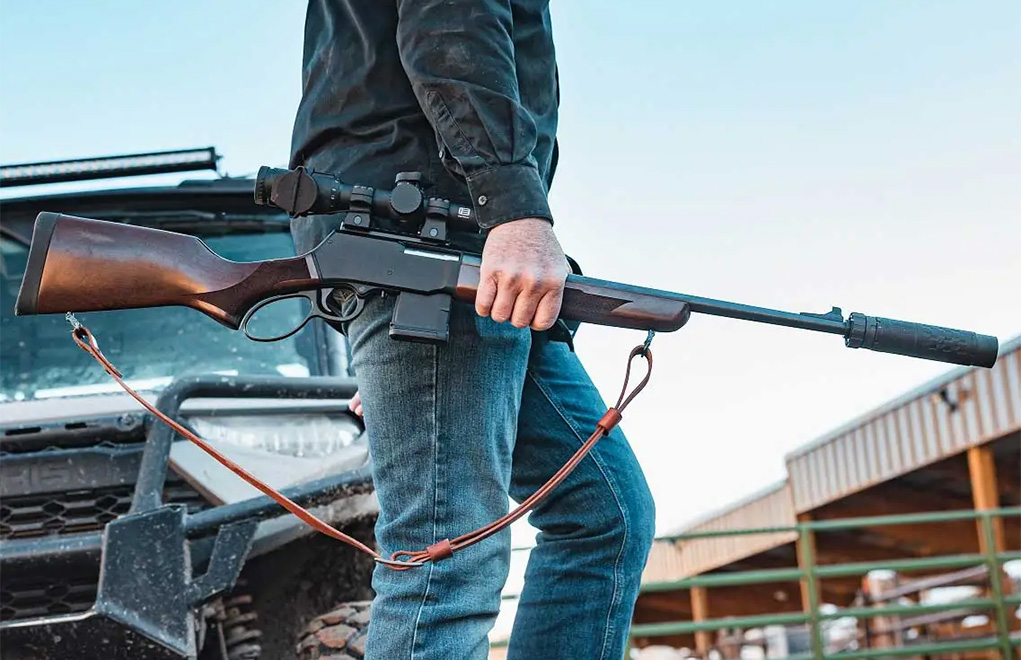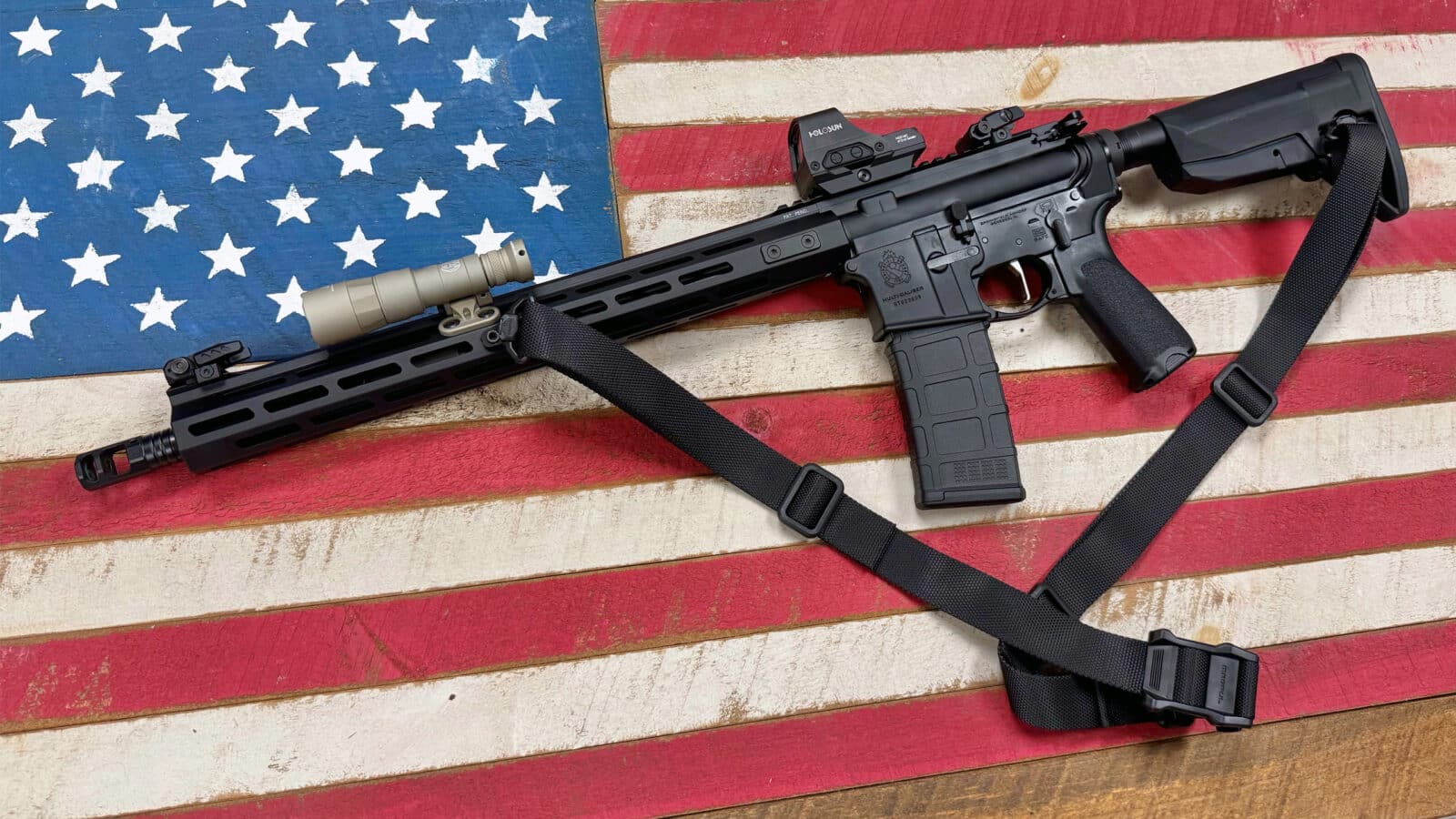The mark of the master is to make it look easy. How they reach the point of mastery is by doing less, removing any unnecessary movement or doing less to achieve the desired result. They have learned that the road to mastery is to remove that which is not needed. Michelangelo’s famous approach to sculpting embodies this concept: He removed everything that wasn’t part of the masterpiece, chipping away excess marble to reveal the form hidden within. Mastery, whether in art, sports or any discipline is the art of doing less to achieve more.
This philosophy of efficiency translates directly into performance shooting. As a shooter, the lesson is clear: if you want to be more efficient do less. Shorten the number of steps. Eliminate any undue tension. Stop adding foreign input. Remove that which is not necessary to the shooting process.
The shooting process—bringing stability to alignment and pressing without disrupting it—is supported by multiple interconnected subprocesses, including the mental, visual, and mechanical processes. The mechanical process encompasses everything from loading, unloading and reloading to presentations, trigger manipulation, recoil control and all other physical gun-handling skills. With so much happening at once, a shooter has only so much available bandwidth to manage it all.
Mental bandwidth refers to the finite cognitive resources a person has available to process information, make decisions and manage tasks at any given time. Just like physical energy, mental bandwidth can be depleted or spread thin, especially when handling multiple tasks, complex problems or high-stress situations. When we have enough mental bandwidth, we can focus, think clearly and perform well. However, when it’s overstretched, cognitive performance drops—leading to mistakes, slow decision-making or an inability to focus.
Mind Your Marksmanship
In contexts that require precision, such as performance shooting, managing mental bandwidth is critical. By streamlining certain skills into automatic responses, it allows bandwidth to remain available for critical, real-time adjustments and decision-making.
If we could quantify mental bandwidth, we might measure it in terms of “units of attention” or “focal units.” Let’s assume we start with 100-percent focal units at the outset, and every task consumes a certain percentage, gradually depleting this total.
If you were to allocate the lion’s share of those focal units in shooting, to what part of the shooting process or its respective subprocesses should it be applied?
Recently, I attended a performance shooting class led by Grandmaster Travis McCamish, where these concepts were brought to life in a powerful way. Surrounded by skilled shooters from upper B-class to Masters, the training focus was on breaking down what it takes to reach the next level of performance. Travis introduced a game-changing idea: Dividing the shooting process into conscious and subconscious work.
Anything relegated to the subconscious requires no focal units. Anything that does not reside in the subconscious starts chewing away at bandwidth. An example would be a mechanical process like fire control. If you don’t need to think about the trigger press, then this has fallen off the conscious shelf and runs subconsciously expending zero focal units.
However, if you need to consciously think about a mag change or a presentation or recoil recovery or anything like that, the cost is focal units depleting your bandwidth. The point of the entire class per Travis was “Once we learn what causes the result we desire, we can then focus our efforts to doing that one thing repeatedly until it no longer requires conscious effort.”
When asked where the bandwidth should be applied, he responded “Our only conscious effort when shooting a pistol should be to create, recognize and maintain alignment.” Conversely, any mechanical issues need to be identified, isolated and eliminated, so that all your bandwidth may be applied to creating, recognizing and maintaining alignment.
High Speed Bandwidth
Entry level shooters might need to apply 98 percent of their bandwidth across the multiple processes whereas a master level shooter may apply only 2 percent of their focal units to any of the subprocesses and 98 percent toward the recommended conscious expenditure.
The road to mastery is, in essence, a journey of identifying and tackling one’s weakest links—the lowest hanging fruit. Travis recommends isolating the one aspect, focusing on it relentlessly until it becomes subconscious. By addressing each weakness and internalizing it, the shooter frees up cognitive bandwidth for the elements that demand it most, keeping their focus sharp and dialed into the alignment process.
Efficiency in shooting—and in any discipline—means continually paring down, eliminating wasted effort until only the essential remains. Every movement, every thought and every ounce of focus is dedicated to the core task, supported by a foundation of well-practiced, automated skills. Through this systematic refinement, a shooter’s bandwidth remains available for the precision demanded by high-level performance.
Travis’s insight is a blueprint not just for shooting but for any skill. Mastery lies in knowing what to practice, what to delegate to the subconscious, and where to channel conscious effort. By building a foundation of subconsciously managed skills, bandwidth remains open for the complexities and challenges that call for immediate, attentive focus.
Shooting well is allowing your mind the bandwidth to handle only what’s essential. Given such bandwidth, a shooter can be fully present, undistracted and capable of performing at the peak of their ability one shot at a time
Read the full article here







![Best .380 Pistol Options For Deep Carry [Tested] Best .380 Pistol Options For Deep Carry [Tested]](https://gundigest.com/wp-content/uploads/380-Pistol-Sig.jpg)










Leave a Reply